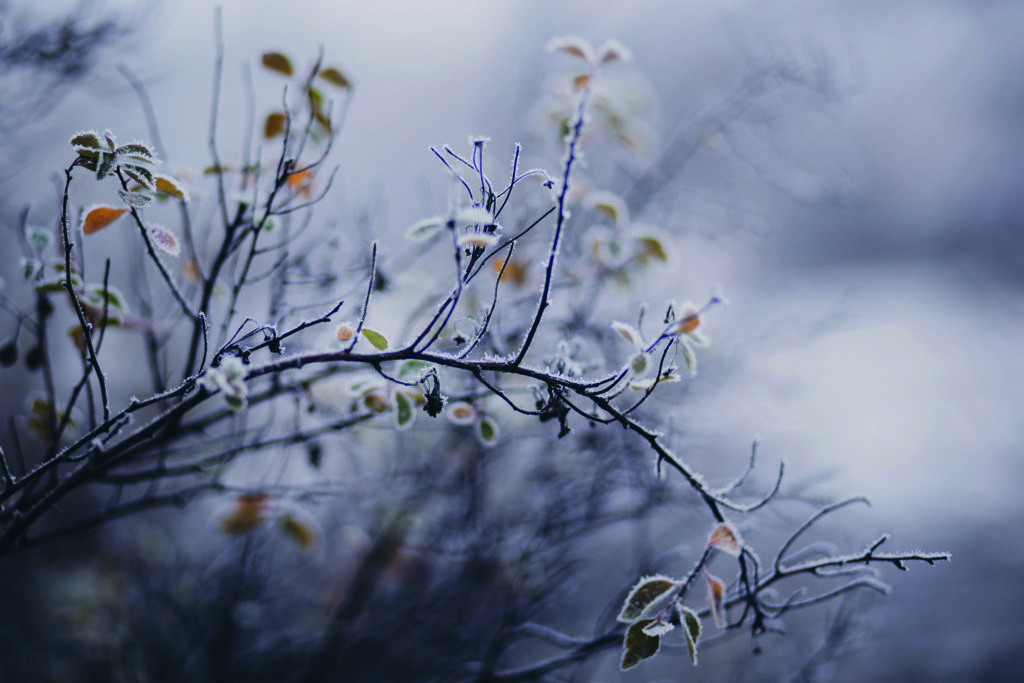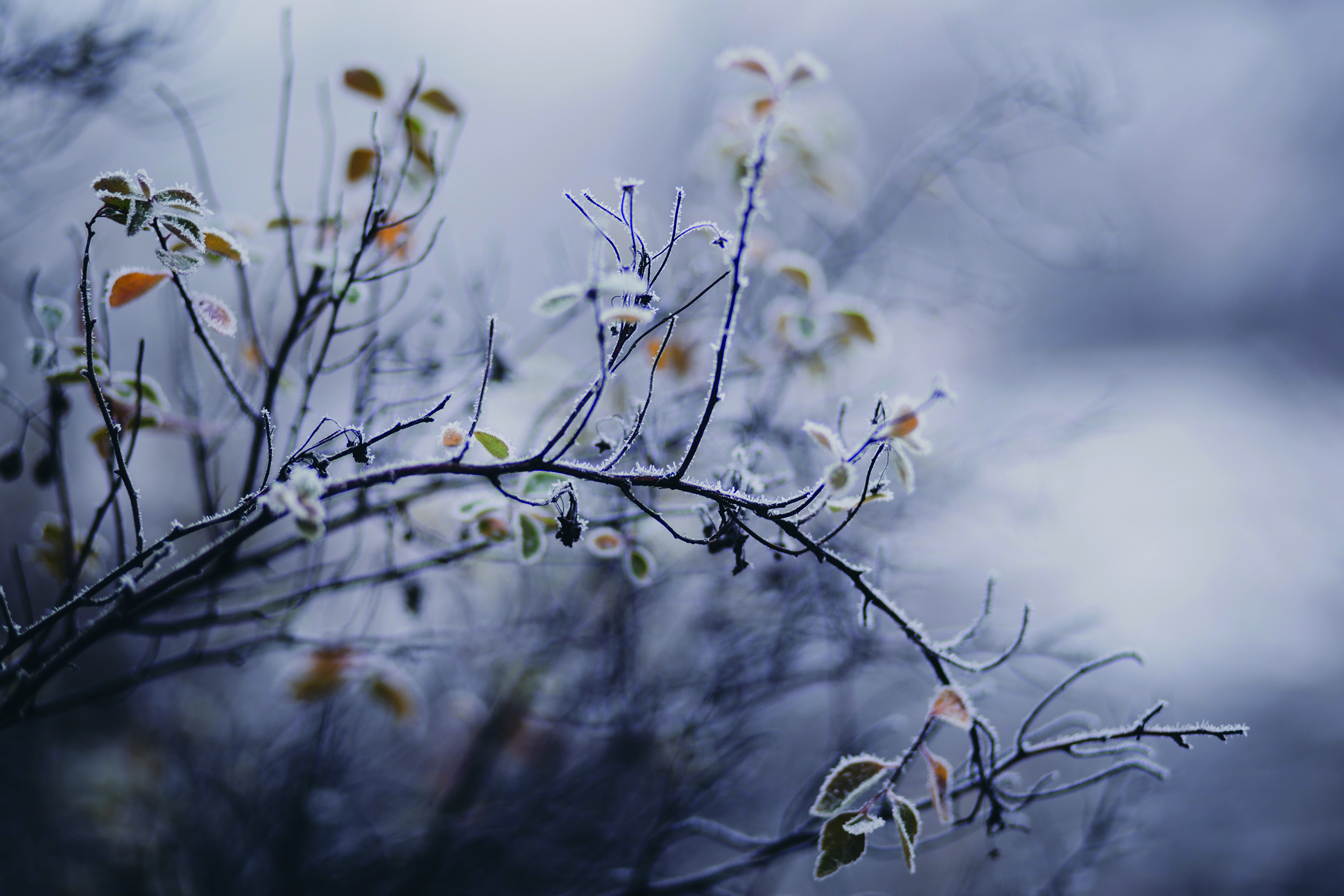
Giving the garden a tidy up, on a nice bright day, is a good way to start the year. Even in mid winter there’s plenty to do from pruning to planting – and any work put in now will pay off when the busier spring season arrives.
Prune:
- Prune tatty looking perennials left for winter interest such as sedum – avoiding new growth. And remove old hellebore leaves to make flowers more visible. Cutback ornamental grasses to within a few cm of the ground before the new growth arrives
- Many deciduous trees, shrubs and hedges such as beech and hornbeam can also be pruned throughout the dormant period. (Exceptions are evergreens, tender plants and prunus species (cherries, plums, and apricots) as it makes them more susceptible to infection).
- Cut roses back just above an outward facing bud and remove crossing or dead braches and thin weak stems – I remove branches thinner than a pencil. Prune to the height you want creating an almost vase like shape with an open centre.
- Prune apple and pear trees while they’re still dormant. Likewise blackcurrant, redcurrant and gooseberry bushes to maintain a productive framework.
- Climbers such as Ivy, climbing hydrangea and virginia creeper can be cut back now to keep them in check, and tie wall shrubs and climbers onto their supports. Wisteria can be cut now, pruning side shoots to 2 or 3 buds from the main frame.
Tidy:
- Rake up winter debris and leaves from your borders to keep them tid, deter slugs and allow spring bulbs to grow. Mulch to enrich your soil.
- Keep hoeing off weed seedlings – they germinate surprisingly fast in warmer spells – and dig out perennials like dandelions. This will save a lot of time in the spring and avoid diseases that weeds harbour.
Plant and plan:
- This is a good time to treat yourself to gorgeous winter flowering shrubs such as sarcococca, daphne, Viburnum x bodnantense ‘Dawn’, hamamelis or anything else that catches your eye in the garden centre. Ideally plant them near a path to fully enjoy the delicious scent of their blossom. If you notice anything that needs screening such as a shed or fence, consider planting climbers such as a winter flowering clematis ‘Winter Beauty’.
- If the ground isn’t frozen, you can continue planting trees and shrubs including roses while they’re dormant – or move anything that’s in the wrong place. If you’re moving something large, take as much of the root ball and surrounding soil as you can, and enlist some help!
Other:
- Avoid walking on the lawn when covered in snow. Brush away worm casts – otherwise they’ll encourage weeds to settle. If you didn’t do it in the autumn improve the drainage of the lawn using a garden folk – you’ll notice the boggy areas. Wait until the lawn’s dried a bit and push the fork 10cm into the ground and wiggle it about then add horticultural sand over the area and work it into the hols with a stiff broom.
- Hang fat balls and keep bird feeders topped up to attract birds – they find it hardest to find food and drink when the ground is frozen. And hopefully they’ll return to eat the pests in your garden.
- Keep containers tidy, cutting back and removing debris regularly and mulching with grit. Water if they feel dry and put them onto feet or bricks to avoid them sitting in the wet.

